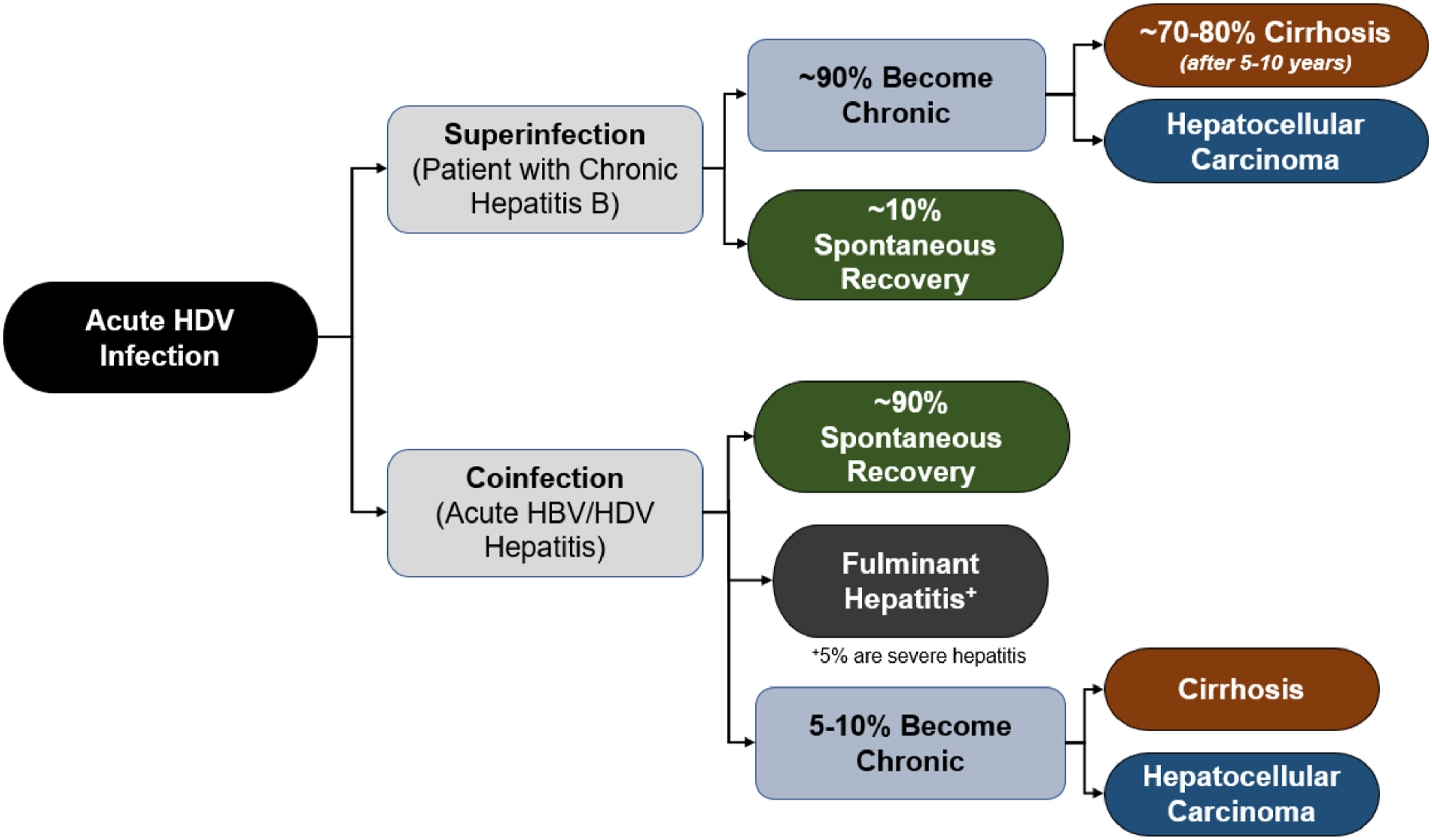Best practices for screening, testing, diagnosing, and treating patients with hepatitis D

Best practices for screening, testing, diagnosing, and treating patients with hepatitis D (delta) virus based on global expert review and recent guidelines
Abstract
Background
Hepatitis D virus (HDV) represents the most severe form of human viral hepatitis, associated with rapid progression to cirrhosis and increased liver-related mortality. Globally, an estimated 9-19 million individuals are anti-HDV positive. To ensure early detetion, current guidelines recommend screening all HBsAg-positive individuals or, at a minimum, those with defined risk factors.
Methods
This expert consensus paper updates the current landscape of HDV management. Recommendations were derived from a structured expert panel discussion, incorporating recent evidence and clinical guideline developments, with a focus on screening, diagnosis, and antiviral therapy.
Results
The panel emphasized the importance of systematic HDV screening in HBsAg-positive individuals. Therapeutic strategies aim at sustained HDV-RNA suppression and, ideally, HBV surface antigens (HBsAg) loss. Bulevirtide was recommended as a long-term monotherapy. Pegylated interferon alpha (PEG-IFNα), if used, should be limited to 48 weeks and tailored based on viral response and tolerability. Combination therapy with bulevirtide and PEG-IFNα may be considered in selected cases.
Conclusion
This consensus provides updated recommendations for the screening, diagnosis, and treatment of HDV infection, highlighting the role of bulevirtide and individualized therapeutic approaches. As the treatment landscape continues to evolve, combination regimens and novel agents currently under investigation may offer additional options in the near future.
